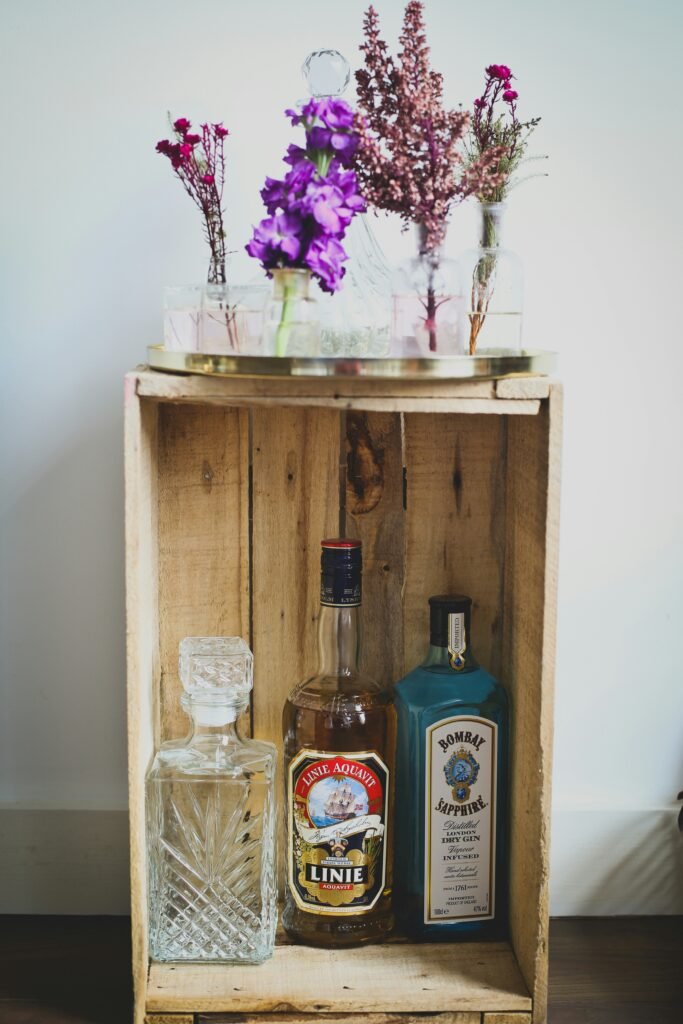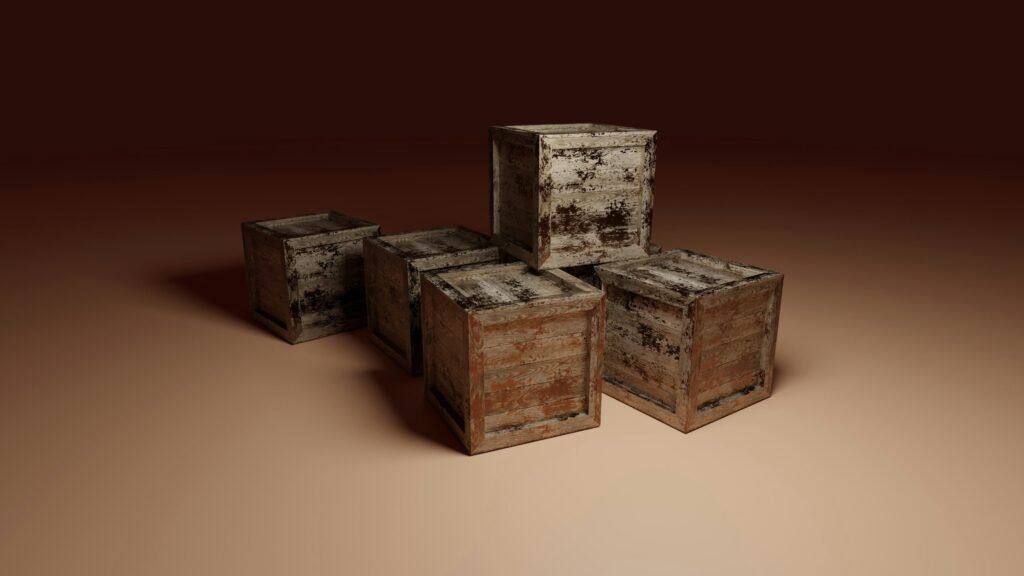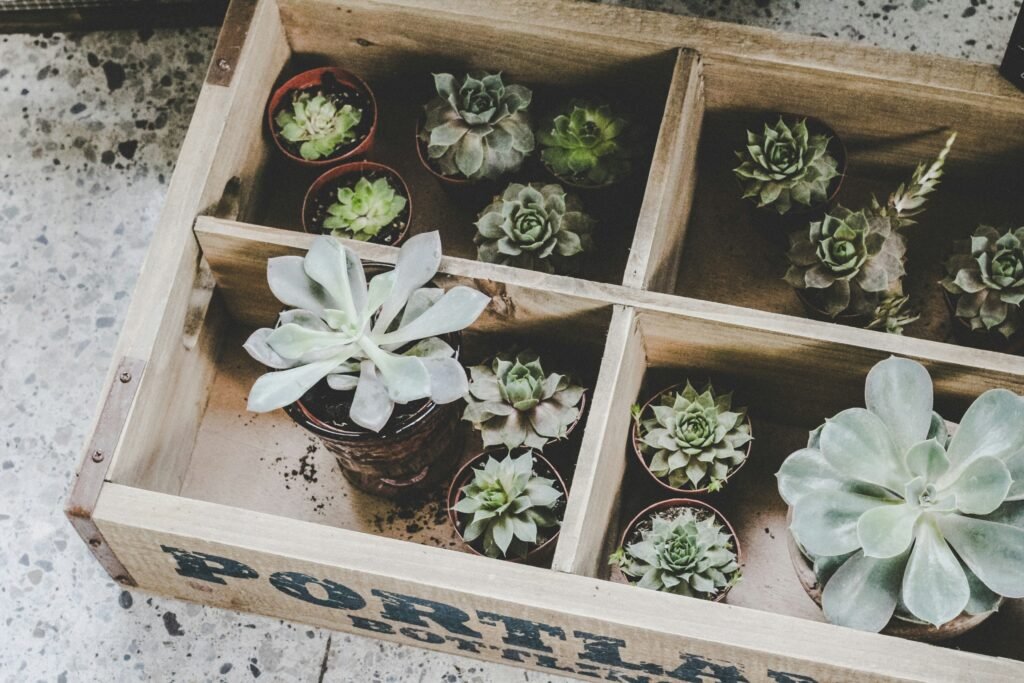Get ready to be amazed by how modern technology is transforming the traditional wood crate fabrication process. With the introduction of new materials and finishes, the industry is undergoing a revolution that is both exciting and innovative. From stronger, more durable materials to sleek and stylish finishes, the possibilities are endless. Say goodbye to old-school wooden crates and hello to a whole new world of possibilities in packaging solutions. Get ready to be impressed by the future of wood crate fabrication. Have you ever wondered about the process of fabricating wood crates? If so, you’re in luck! In this article, you will learn all about how new materials and finishes are revolutionizing wood crate fabrication. From the types of materials used to the different finishes available, we’ll cover it all. So, let’s dive in and discover how the industry is evolving with these exciting advancements.
Evolution of Wood Crate Fabrication
Wood crate fabrication has been around for centuries, providing a durable and reliable way to transport goods. However, in recent years, the industry has seen a significant evolution with the introduction of new materials and finishes that enhance the quality and aesthetics of crates. This transformation has revolutionized the way crates are designed and manufactured, leading to more efficient and sustainable solutions.
Traditional Wood vs. New Materials
Traditionally, wood crates were primarily made from hardwood such as oak, maple, or pine. While these materials are sturdy and durable, they also have limitations in terms of weight, flexibility, and environmental impact. In response to these challenges, the industry has introduced new materials that offer superior strength, lighter weight, and increased sustainability.
The use of materials such as engineered wood, recycled plastic, and corrugated cardboard has gained popularity in wood crate fabrication. These materials provide a cost-effective and eco-friendly alternative to traditional hardwood, making them an attractive choice for manufacturers and consumers alike. Additionally, these materials can be easily recycled or repurposed, reducing waste and promoting sustainability in the industry.
Benefits of New Materials
The incorporation of new materials in wood crate fabrication comes with a host of benefits for both manufacturers and end-users. These benefits include:
- Increased strength and durability: Engineered wood, recycled plastic, and corrugated cardboard offer superior strength and durability compared to traditional hardwood, ensuring that your goods are well-protected during transit.
- Lighter weight: New materials are lighter than traditional hardwood, making them easier to handle and reducing transportation costs.
- Environmental sustainability: Using recycled or sustainable materials promotes environmental responsibility and reduces the industry’s carbon footprint.
- Customization options: New materials allow for a greater degree of customization in terms of size, shape, and design, providing a more tailored solution for your specific needs.
- Cost-effective: The use of new materials can often result in cost savings due to lower material costs and reduced transportation expenses.
By incorporating these new materials into wood crate fabrication, manufacturers can create innovative solutions that meet the evolving demands of the market while also reducing their environmental impact.

This image is property of images.unsplash.com.
Innovative Finishes in Wood Crate Fabrication
In addition to new materials, the introduction of innovative finishes has also revolutionized the way wood crates are designed and manufactured. These finishes not only enhance the aesthetic appeal of crates but also provide added protection against various environmental factors, ensuring that your goods arrive safely at their destination.
Types of Finishes
There are several types of finishes that can be applied to wood crates, each offering unique benefits and characteristics. Some of the most common finishes used in wood crate fabrication include:
- Stain: Staining wood crates can enhance the natural beauty of the wood grain while also providing protection against moisture and UV damage.
- Paint: Painting wood crates allows for endless customization options in terms of color and design, making them suitable for branding or promotional purposes.
- Varnish: Applying varnish to wood crates provides a glossy finish that enhances the appearance of the wood while also offering protection against scratches and stains.
- Wax: Wax finishes create a smooth and lustrous surface on wood crates, enhancing their visual appeal and providing a barrier against moisture.
Each type of finish offers unique advantages depending on the desired aesthetic and functional requirements of the crate. By choosing the right finish, you can ensure that your wood crates look great and perform well throughout their lifecycle.
Benefits of Innovative Finishes
The use of innovative finishes in wood crate fabrication offers a wide range of benefits for manufacturers and consumers alike. Some of these benefits include:
- Enhanced durability: Innovative finishes provide an additional layer of protection against wear and tear, ensuring that your wood crates last longer and remain in top condition.
- Improved aesthetics: Finishes such as staining, painting, and varnishing can enhance the visual appeal of wood crates, making them more attractive to customers and end-users.
- Customization options: Innovative finishes allow for endless customization possibilities, ensuring that your wood crates stand out and reflect your brand identity.
- Protection against environmental factors: Finishes provide a barrier against moisture, UV rays, and other environmental factors that can damage wood crates during transit or storage.
By utilizing innovative finishes in wood crate fabrication, manufacturers can create high-quality and visually appealing solutions that meet the diverse needs of the market while also ensuring the protection and longevity of their products.

This image is property of images.unsplash.com.
Sustainability and Eco-Friendly Practices
In today’s environmentally conscious world, sustainability plays a crucial role in the design and manufacturing of wood crates. By adopting eco-friendly practices and materials, manufacturers can reduce their carbon footprint and contribute to a more sustainable future for the industry.
Recycled Materials
One of the key ways in which manufacturers are promoting sustainability in wood crate fabrication is by using recycled materials. Recycled wood, plastic, and cardboard can be utilized to create high-quality crates that are both durable and environmentally friendly. By repurposing materials that would otherwise end up in landfills, manufacturers can reduce waste and conserve natural resources.
Energy-Efficient Processes
Another important aspect of sustainability in wood crate fabrication is the adoption of energy-efficient processes. By optimizing production methods, utilizing renewable energy sources, and minimizing waste, manufacturers can reduce their energy consumption and carbon emissions. This not only benefits the environment but also helps to lower production costs and improve overall efficiency.
Eco-Friendly Finishes
In addition to using recycled materials and energy-efficient processes, manufacturers are also turning to eco-friendly finishes in wood crate fabrication. Water-based stains, low-VOC paints, and non-toxic varnishes are just a few examples of finishes that help to minimize environmental impact while still providing the desired protection and aesthetic appeal. By choosing eco-friendly finishes, manufacturers can create sustainable and safe products that meet the highest standards of quality and environmental responsibility.
By incorporating these sustainable practices and materials into wood crate fabrication, manufacturers can reduce their environmental footprint and contribute to a greener and more sustainable industry for the future.

This image is property of images.unsplash.com.
Conclusion
As you can see, the evolution of wood crate fabrication with new materials and finishes is revolutionizing the industry in exciting ways. From the use of engineered wood and recycled materials to the application of innovative finishes, manufacturers are creating high-quality and sustainable solutions that meet the diverse needs of the market. By embracing these advancements and adopting eco-friendly practices, the industry is moving towards a more sustainable and environmentally responsible future. So, the next time you need a wood crate for shipping or storage, remember to look for one that has been fabricated with new materials and finishes for the best in quality and performance.
